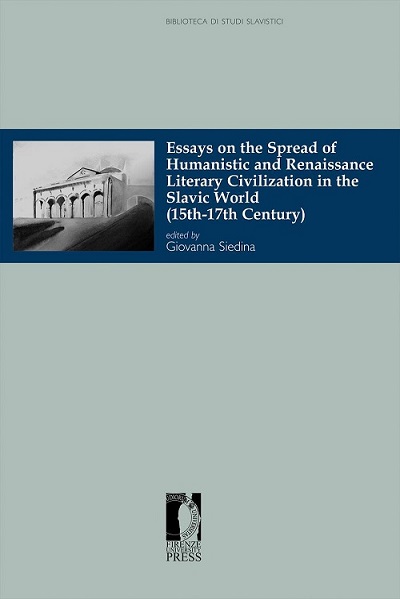A Corpus-Based Approach to the Conceptualization of Emotions
This work investigates the conceptualization of fear in Russian both through a quantitative and a qualitative analysis of data proceeding from the Russian National Corpus, the biggest corpus of linguistic data of Russian. The research focuses on the analysis of the occurrences of four nouns expressing fear in Russian (strach, ispug, opasenie and bojazn') in the most frequent prepositional phrases. The quantitative analysis highlights the most relevant elements and allows to calculate the semantic distance among the analyzed nouns, while the qualitative analysis investigates the semantics both of the nouns of fear and of the prepositional phrases and their semantic compatibility.


